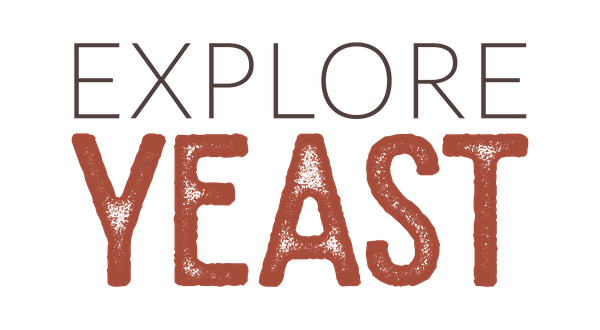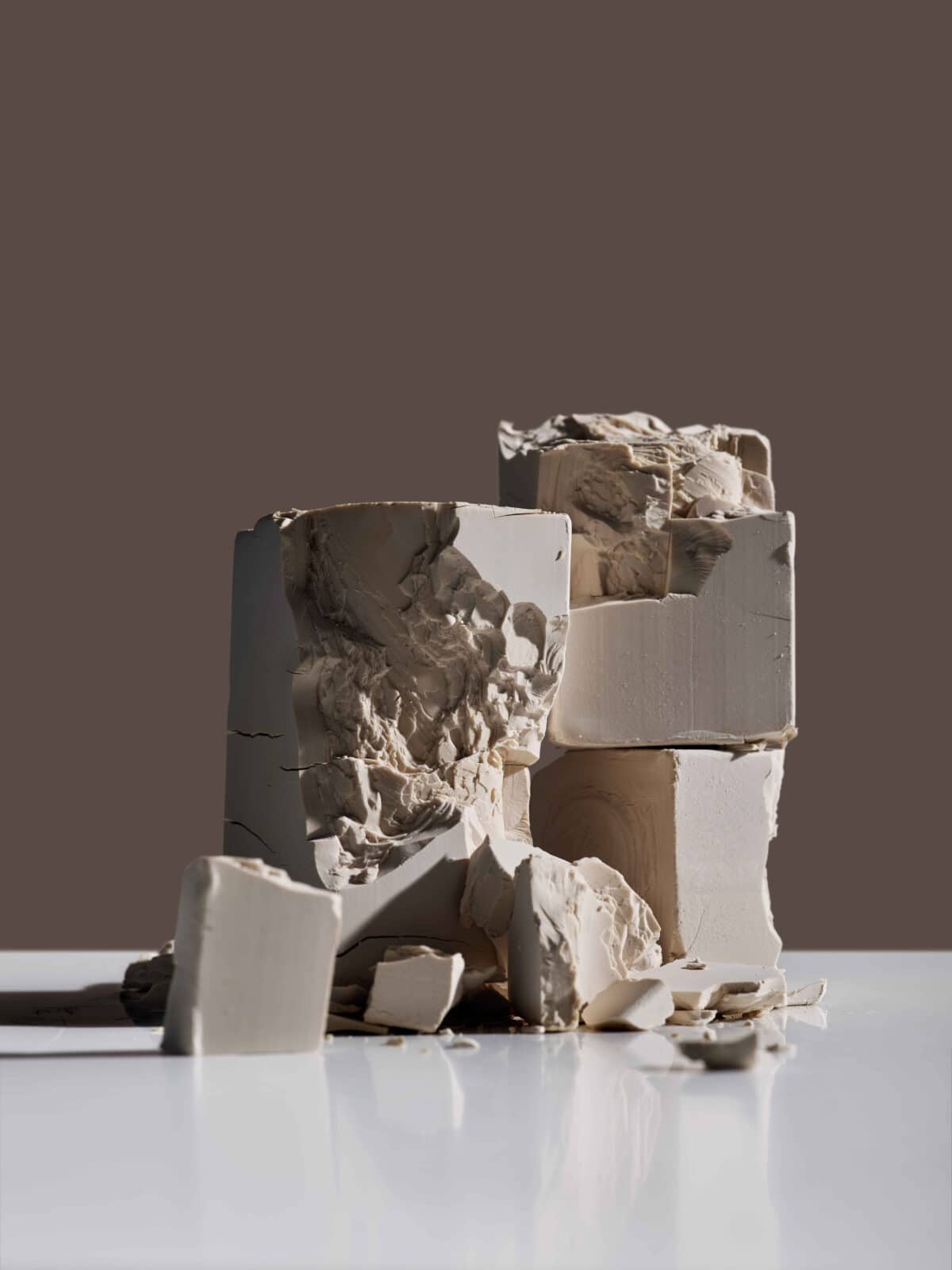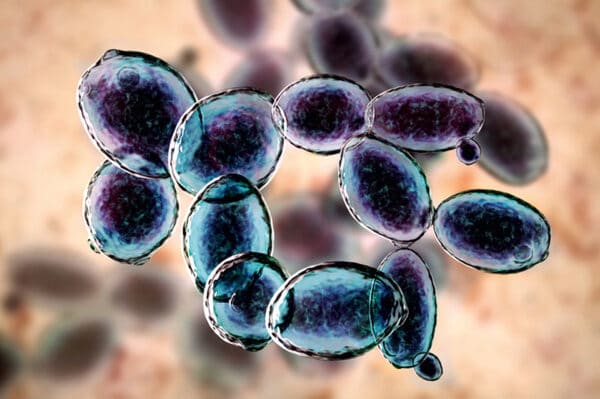Yeast growth and survival
Yeast is a living, single-cell organism. Yeast is very common in nature and can be isolated from many sugar-rich materials. As the yeast grows, it transforms its food, in the form of sugar or starch, into alcohol and carbon dioxide (CO2). This process is called fermentation. Yeast use organic compounds, like sugar, as a source of energy and do not need sunlight to grow. Different types of yeasts can survive in a wide range of temperatures. Yeast can survive in temperatures from -2 to 45 °C. Some yeast can even survive under freezing temperatures.
This makes yeast resilient and able to live in a wide array of environments. There are more than 1,500 types of wild yeast which have been identified so far. Yet, many more probably exist in the wild and are just waiting to be found!
Where does yeast live?
Yeast is particularly plentiful in sugary mediums such as fruits and flower nectar. Yeasts from the skins of fruits and berries have been shown to be most prominent during fruit decay. Early humans without even knowing what yeasts were, used rotten fruits to make fermented beverages and alcohol.
Marine yeasts as opposed to those found on land have been isolated from different sources, including seawater, seaweeds, marine fish, and mammals.
While yeasts can be found on land and at sea, they can also be found as close as between your own toes! Yeasts including Candida albicans, Rhodotorula rubra, Torulopsis and Trichosporon cutaneum, have been discovered living in between people’s toes and on the skin of humans as part of their skin flora.
Yeasts can also occur naturally inside of us! These yeasts can be found in human and other mammals’ gut microbiota as well as in some insects.
Yeast: Mother Nature’s Biggest Benefactor
Yeast supports many organisms in nature by protecting them or facilitating health and reproduction. In some flowers, colonizing yeasts raise the temperature of the flower and attract pollinators to help spread their pollen. For some ant species yeast acts as a natural protector against some bacteria and help their health.
In humans, natural occurring yeasts in our gut help make up our microbiota and the diversity of these yeasts helps us to stay strong and healthy. The natural flora in the gastrointestinal tract including yeasts helps humans to avoid various gastrointestinal challenges such as diarrhea and infections.
Yeast, along with advanced fermentation technologies, also provides the perfect response to improve animal care while preserving natural resources and land scarcity.
The natural uses of yeast
Since the dawn of humanity, humans have enjoyed a special relationship with yeast. Historical evidence shows that humans from northern China were making fermented drinks from wild yeast made of honey, rice, grapes, and hawthorn berries as early as 5000 BC. Evidence of using natural yeast for beer-making has been found in present-day Iran on clay fragments that were at least 5,000 years old. The Egyptians also made leavened breads using wild yeast (sourdough) around 1000 BC based on archaeological evidence. Natural yeast was also commonly used for wine making. The most common of these yeasts used for these products is Saccharomyces cerevisiae. Marine yeasts, on the other hand, are used to produce many bioactive substances, such as amino acids, enzymes, glucans, glutathione, phytase and vitamins. These yeasts have the potential for use in food, pharmaceuticals, cosmetics, biosolutions for crops protections and in the bio-based chemical industry.
Yeast: From Nature to Your Home
It is no surprise that yeast as a vital part of the natural world is making its way more and more into products in our homes. While natural yeast has traditionally been used for baking and brewing for centuries. Yeast is now being used for a wide array of products including probiotics, nutritional supplements (nutritional yeast or NOOCH), and more surprisingly also for ethanol fuel production!
It seems that new uses of yeast are being found every day!


